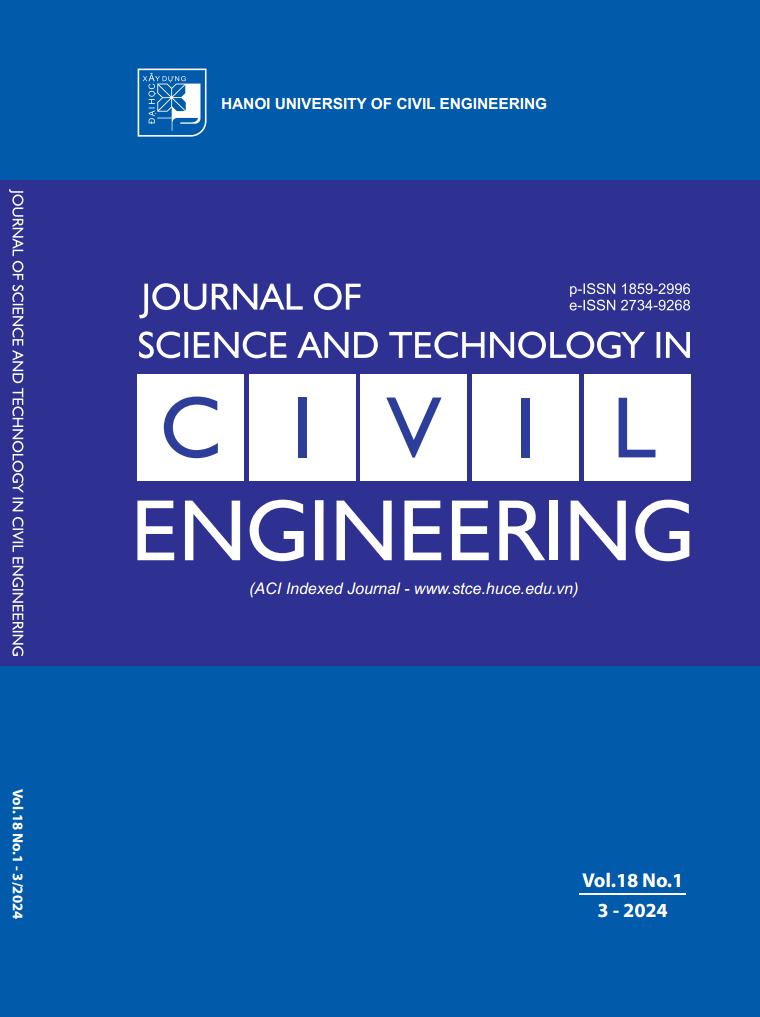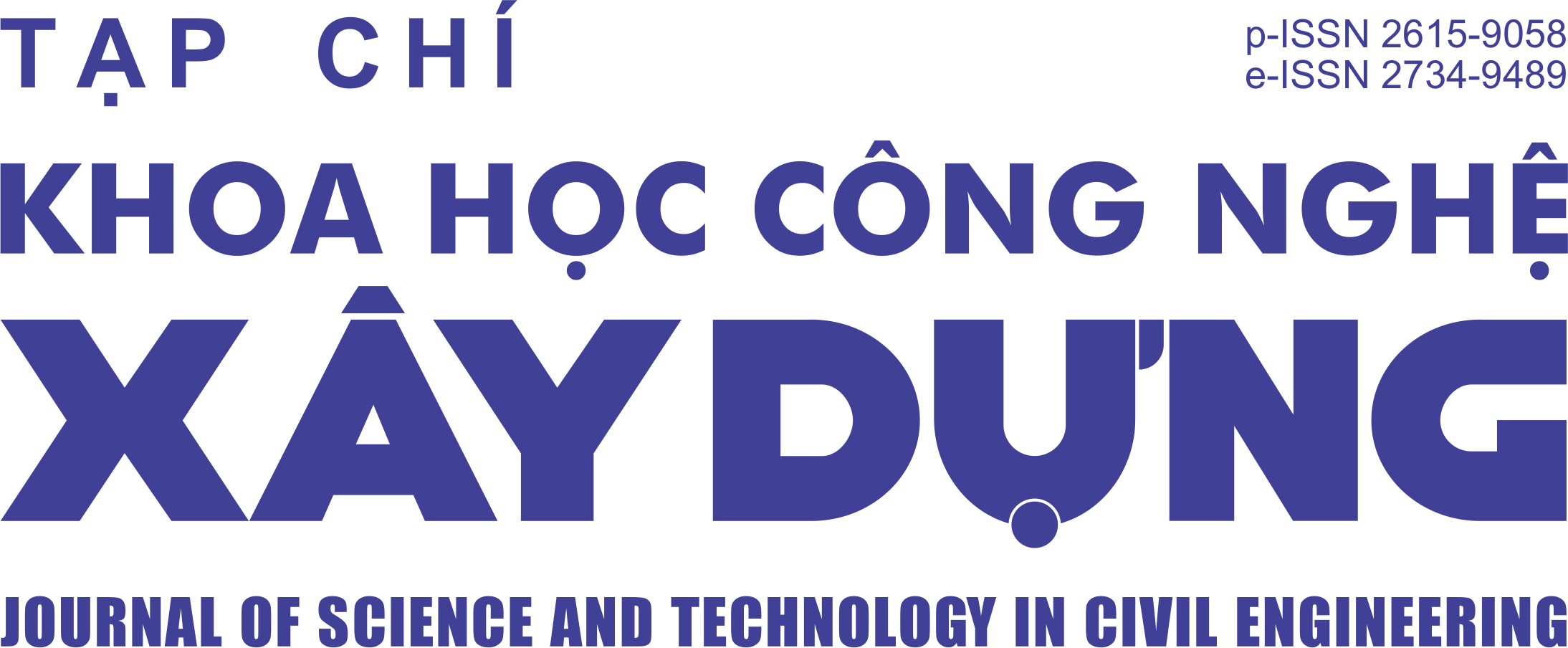Static and dynamic behaviour of sandwich beams with porous core: Experiment and moving least squares mesh-free analysis
Abstract
In this paper, the static and dynamic behaviour of sandwich beams with porous core are numerically analyzed
and validated by experimental tests. The beam consists of a thick porous core with a uniform porosity distribution over its domain and two outer face layers. For the theoretical study, the virtual work principle is employed to derive the governing equation. A one-dimensional (1D) mesh-free approach, associated with the moving least squares Hermite interpolation, is developed to approximate the primary variable fields and discretize the governing equation. Additionally, a simple transformation method is applied to create Kronecker delta property of constructed shape functions, straightforwardly facilitating the imposition of the boundary condition, similar to the finite element method without additional techniques. The accuracy of the computational method is subsequently verified against previous literature. For the experimental tests, various mechanical responses, such as the natural frequency, static deflection, and deflection-time history of a cantilever porous sandwich beam consisting of cemboard faces and a concrete core with Expanded Polystyrene are measured and compared with the theoretical prediction. The outcomes of this study can be valuable for the design of sandwich beams with porous core.
Downloads
Copyright (c) 2024 Hanoi University of Civil Engineering

This work is licensed under a Creative Commons Attribution-NonCommercial-NoDerivatives 4.0 International License.
1. The Author assigns all copyright in and to the article (the Work) to the Journal of Science and Technology in Civil Engineering (JSTCE) – Hanoi University of Civil Engineering (HUCE), including the right to publish, republish, transmit, sell and distribute the Work in whole or in part in electronic and print editions of the Journal, in all media of expression now known or later developed.
2. By this assignment of copyright to the JSTCE, reproduction, posting, transmission, distribution or other use of the Work in whole or in part in any medium by the Author requires a full citation to the Journal, suitable in form and content as follows: title of article, authors’ names, journal title, volume, issue, year, copyright owner as specified in the Journal, DOI number. Links to the final article published on the website of the Journal are encouraged.
3. The Author and the company/employer agree that any and all copies of the final published version of the Work or any part thereof distributed or posted by them in print or electronic format as permitted herein will include the notice of copyright as stipulated in the Journal and a full citation to the Journal as published on the website.







